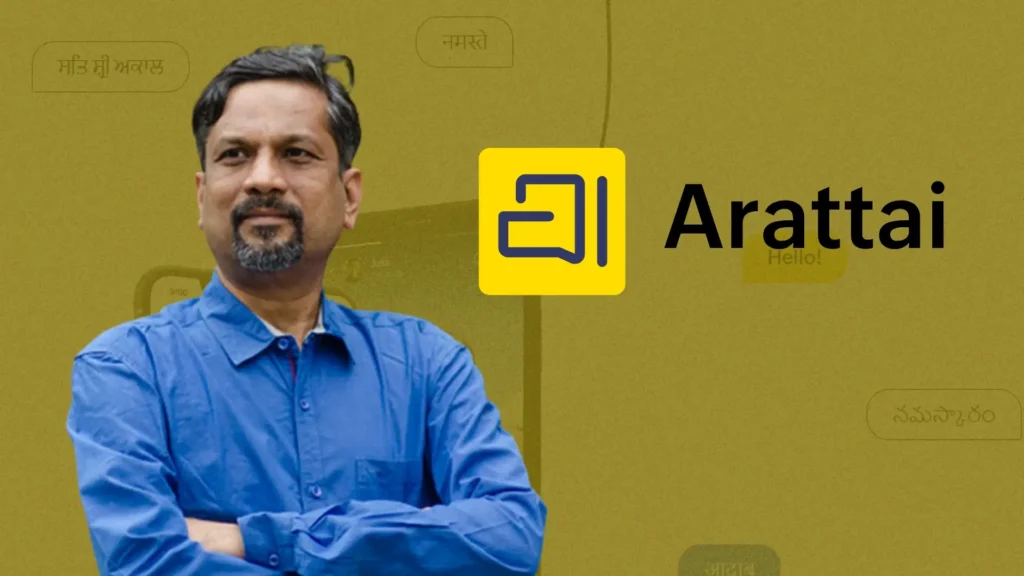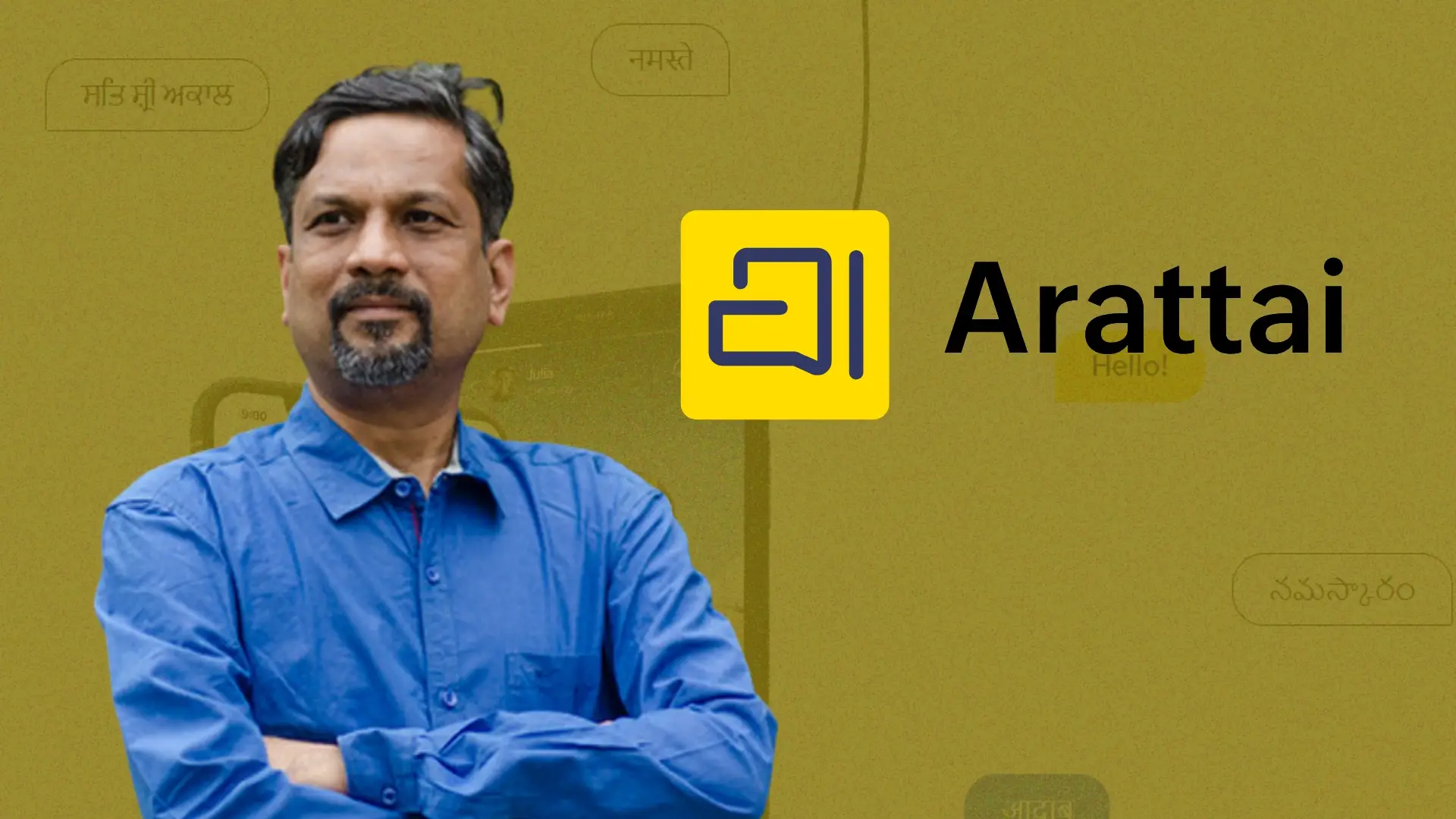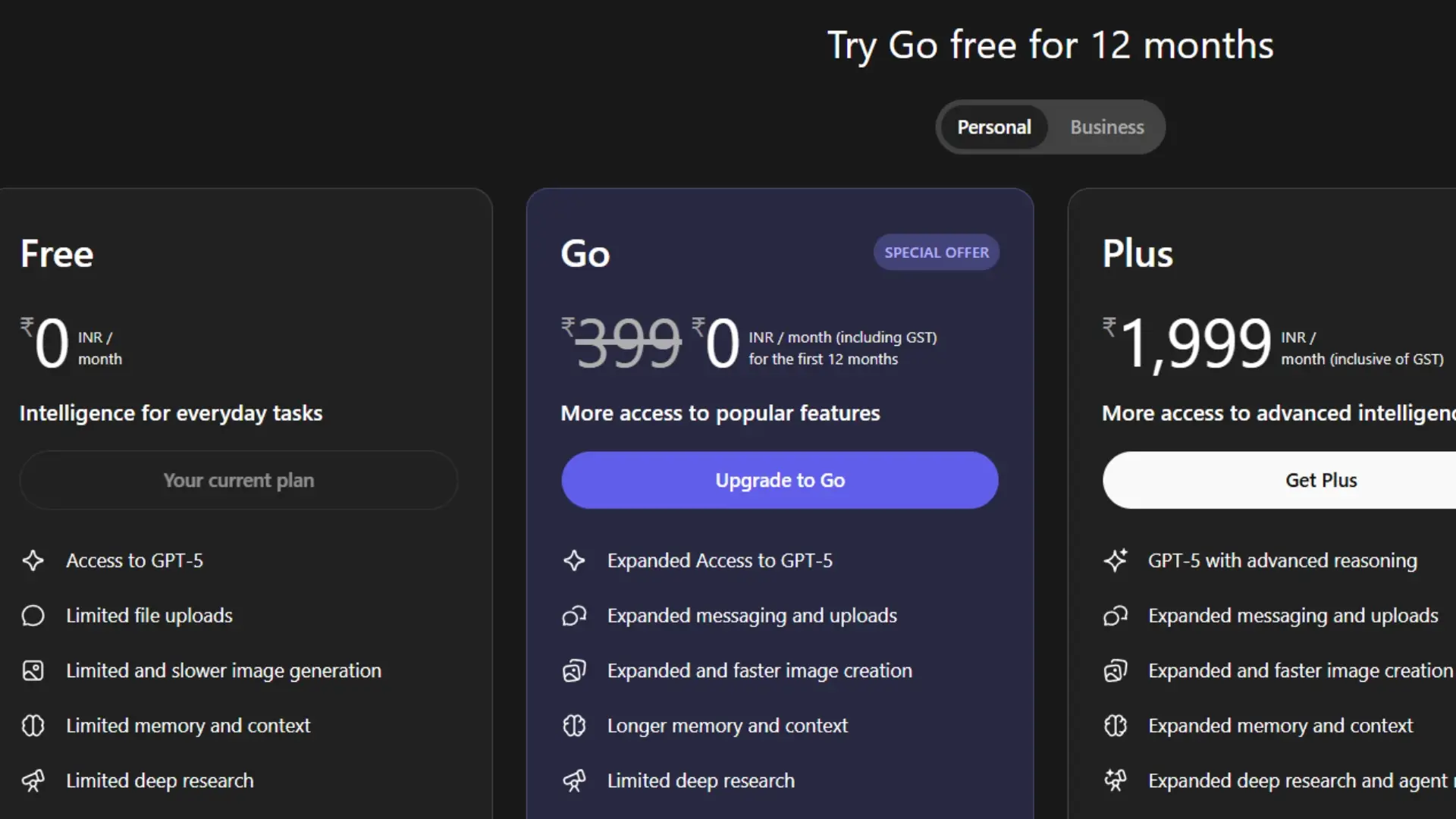Have you downloaded Arattai? If yes, are you still using it now? Well, your answer might be yes or no, but what we’re seeing in the latest reports is that Arattai is losing its charm.
What once created a sensation across social media and became a part of almost every active user’s discussion is now slowly fading away. The buzz that once surrounded it has quieted down. Downloads have dropped, active users reduced, and what was once hailed as “India’s answer to WhatsApp” now feels like another forgotten headline.
Arattai had become a proud moment for many, a homegrown app fuelled by the spirit of nationalism and built with the idea of creating something truly Indian. But as time passed, the euphoria that built around it has almost lost its significance.
Well, this is not a failure or the end for Arattai. Instead, this is a moment to pause and understand what really happened. To look at things from a different perspective and figure out why it is losing its charm despite all the right intentions.
The government supported it. Big players were also promoted. Millions of people downloaded it. Yet, somewhere along the way, it lost traction.
So, what went wrong? What is that one major factor that truly drives social media apps to success?
Let’s do a deep dive and understand the real reasons behind Arattai’s fading presence and what lessons it holds for the future of Indian social media platforms.
Well, exactly during the viral phase of Arattai, we wrote an article about the similar topic. In that article, we actually did a deep dive into the factors that drive the social media platforms.
The network effect is the single biggest force that drives the growth and sustainability of any social media platform.
It simply means that the more people who use a platform, the more valuable it becomes for everyone. Every new user adds value to the platform by bringing their own connections, conversations, and communities. This is the invisible loop that keeps people coming back, not for the app itself, but for the people on it.
Now, in Arattai’s case, yes, people downloaded it. Maybe you and your friends did too. But did you actually start actively chatting on it?
Well, most likely, the answer is no, right?
That’s because all of us are deeply ingrained in our digital habits. Once you’re habituated to something, it’s extremely hard to switch. Habits are tough to break, especially when they’re built over years.
We’ve all become so used to WhatsApp that it’s the first app many of us open after waking up, checking messages, statuses, or just scrolling through group chats. For someone who’s been using an app for more than a decade, switching to a similar one doesn’t bring any new excitement.
People don’t change platforms just because a new one appears; they shift only when the new one offers something more. Something that they can’t get from the existing platform.
That’s the missing piece in Arattai’s story. Even on social media, people started calling it the Indian version of WhatsApp. Meaning back in their mind they are registering it as a different app with similar features.
That’s exactly the problem. Every platform needs its own USP.
For example, you remembered threads, right? Threads is a platform launched by Meta. In just 5 days it has become the highest number of signups for a platform. The user base exploded. But when you go back to the reason, it all happened in a movement. A sudden movement that created the buzz. That buzz just lasted for a few days.
A sudden movement that created a wave of buzz.
People joined out of curiosity, excitement, or simply to see what the hype was about. But that hype didn’t last long. Within a few weeks, the engagement started dropping. Users logged in, looked around, and quietly went back to the platforms they were already used to.
That’s the danger of buzz-driven growth. It gives you visibility, but not sustainability.
Now this is something similar we can see with Arattai as well. And the data clearly reflects this slowdown.
As of November 4, the messaging app ranked 105th on Google Play and 123rd on the App Store in India, which is a sharp fall from the top spot it held in mid-October, according to Moneycontrol.
Just a few weeks earlier, Arattai was dominating the charts, but it slipped steadily in both stores, eventually ranking 128th on the App Store and 150th on Google Play when measured across all apps and games combined.
The download trends tell the same story. Arattai’s downloads had skyrocketed to 13.8 million in October 2025, a massive leap from just 2.63 million in September. But the surge proved to be short-lived.
By November (as of November 4), downloads had plummeted to just 195,519, as per industry data sourced by Moneycontrol.
Even the monthly active users (MAUs) show the same trend. They rose from 1.17 million in September to 4.35 million in October before dipping slightly to 4.09 million in November.
The numbers speak for themselves and show that the platform succeeded in getting downloads, not daily users. And that’s the difference between popularity and habit.
Let’s see what Arattai will do to retain its user base and what it will play differently to rule out the game.
Also Read: How ESOPs Are Making Startup Employees Millionaires in India?










